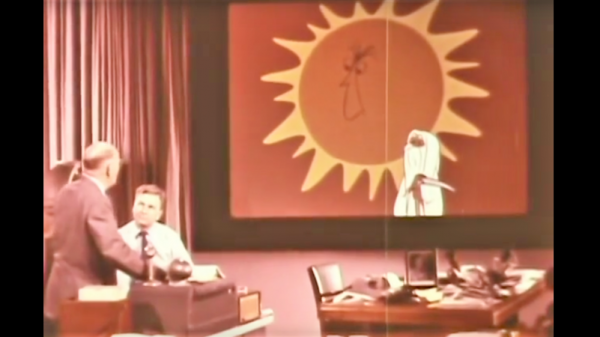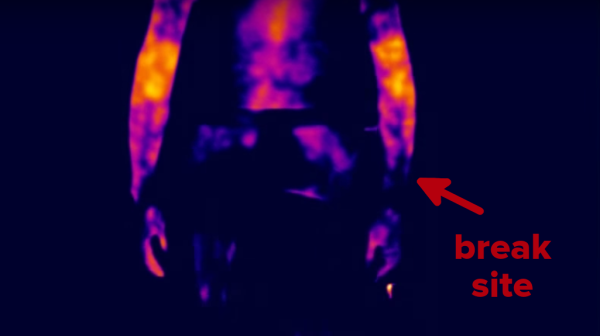Here at Hackaday, we can understand if you don’t like sand. It’s coarse, rough and irritating, and it gets everywhere. With that said, [Mark Rober] discovered a great way to have fun with sand right in your own back garden.
We’ll preface this by stating that this isn’t the easiest hack to pull off on a lazy Saturday afternoon. You need a spare hot tub, plenty of pipe, and a seriously big air supply. But if you can pull it all together, the payoff is fantastic.
What [Mark] has achieved is turning a regular hot tub into a fluidized bed. In simple terms, this is where a solid particulate material (like sand) is made to act more like a fluid by passing pressurized fluid through the material. Through a carefully built series of drilled copper pipes, [Mark] manages to turn the hot tub into a fluidized bed, much to the enjoyment of his young nephews.
While it’s not the easiest hack to copy at home, [Mark] drives home the science of both the fluidized bed and why certain objects float or sink in the sand. It’s something that can also be easily tackled at a smaller scale, if you’re looking for something more achievable for the average maker.
For more sand science, how about using it to hold up your car?
[Thanks to Keith for the tip!]





















